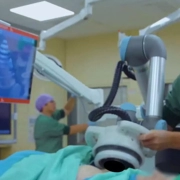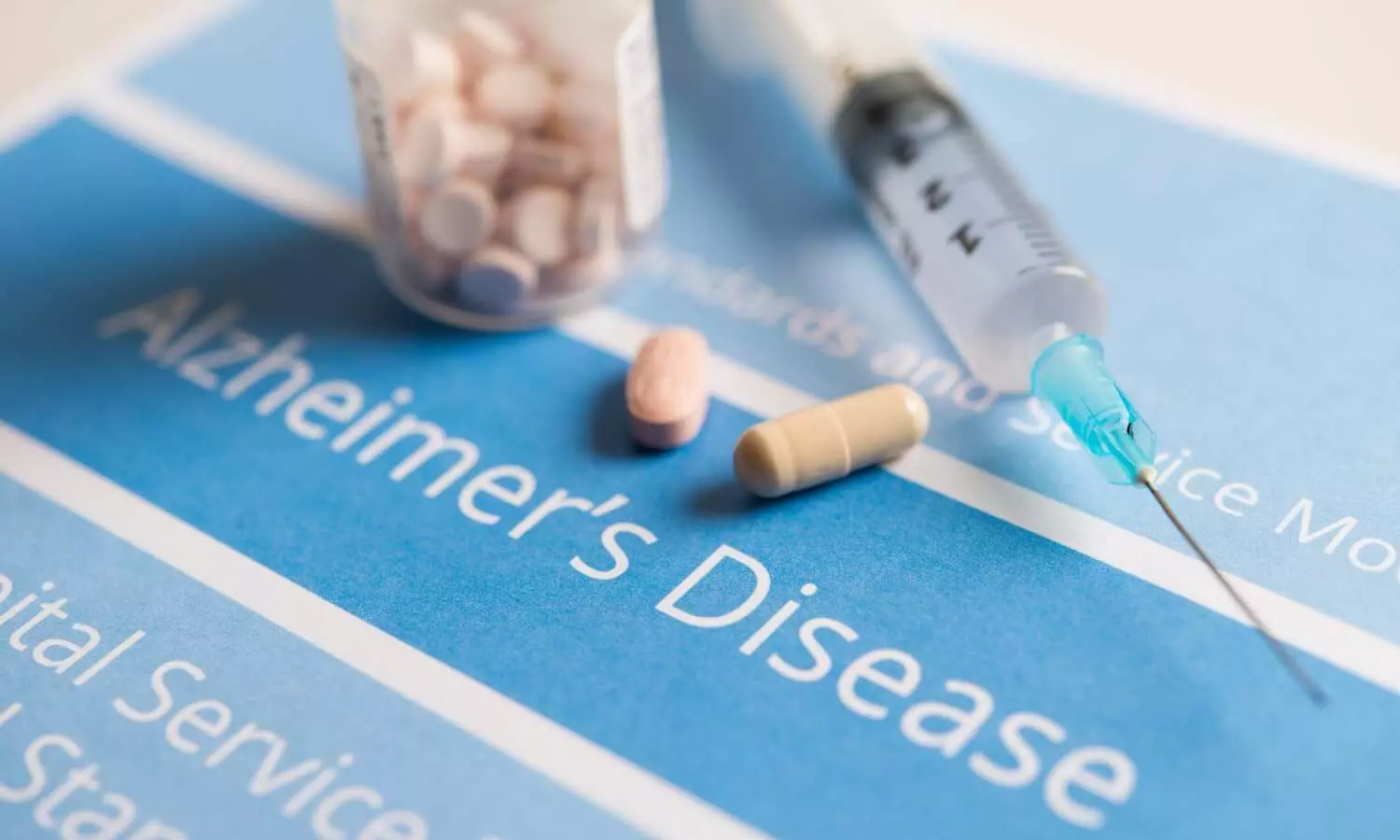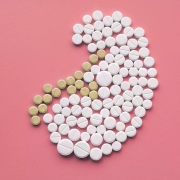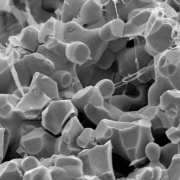Splanchnic nerve neurolysis: promising tool for treatment of cancer pain of the upper abdomen

The research paper presents a systematic review and meta-analysis evaluating the analgesic efficacy of neurolytic splanchnic nerve block (NSNB) in treating chronic upper abdominal pain caused by malignancies involving the liver, gall bladder, stomach, and pancreas. The study also assesses the impact of NSNB on quality of life, opioid consumption, procedural safety, and patient survival. The review includes the use of structured Population, Intervention, Control, Outcome, Study (PICOS) criteria to select relevant studies and incorporates a comprehensive literature search of various databases.
The primary objective of the review was to evaluate the analgesic efficacy of NSNB, while the secondary objectives included the impact on quality of life, opioid consumption, procedural safety, and patient survival. The review included studies investigating NSNB for chronic abdominal pain unresponsive to conservative treatment, including randomised controlled trials (RCTs) and non-randomised before-and-after studies from 2001 to 2022. The studies were evaluated for methodological quality and underwent a comprehensive data analysis using a random-effect model with an inverse variance method. The review found that NSNB provided significant pain relief, reduced opioid consumption, and improved quality of life with minimal procedure-related complications.
Study Findings and Heterogeneity
Additionally, the review revealed substantial heterogeneity in the included studies due to differences in participant characteristics, disease severity, comorbidities, treatment responses, and methodological variations. The review highlights the need for high-quality multicentric clinical trials with larger sample sizes and substantial follow-up evaluations to strengthen the evidence and address the identified limitations in the current literature.
Conclusion and Further Research
In conclusion, the review suggests that NSNB is a promising intervention for chronic upper abdominal pain, but further high-quality research is needed to enhance the predictive strength of the evidence and validate the efficacy of NSNB in improving patient outcomes. No conflicts of interest were reported by the authors.
Reference-
Goyal, Sonal1; Kumar, Ajit2; Goyal, Divakar3; Attar, Pradeep2; Bhandari, Baibhav2; Purohit, Gaurav4; Mahiswar, Aditya Pal5; Gupta, Shiwam2. Efficacy of splanchnic nerve neurolysis in the management of upper abdominal cancer pain: A systematic review and meta-analysis. Indian Journal of Anaesthesia 67(12):p 1036-1050, December 2023. | DOI: 10.4103/ija.ija_439_23
Powered by WPeMatico





















